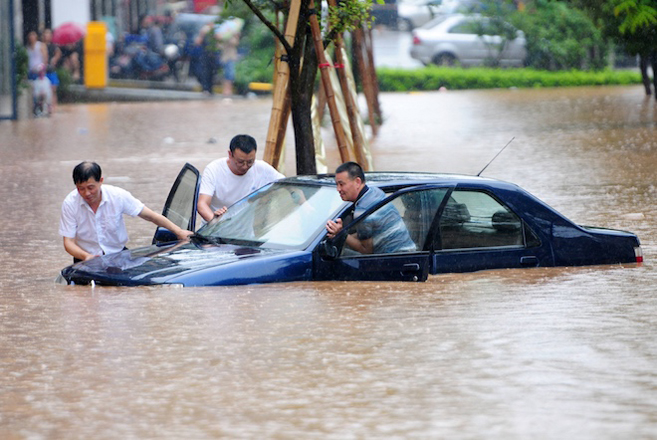

Two captive brown bears were rescued via helicopter. No casualties were reported in Russia, but 20,000 people were evacuated. Across the region 360,000 people were displaced and 3.74 million affected in some way. Heilongjiang province experienced 11 deaths. In Jilin province, 16 deaths were reported. Casualties Ĭhina's Liaoning province was the hardest hit with 54 reported deaths and 97 people missing as of August 19, 2013. US$97 million/€73 million) was allocated for relief efforts. Total damaged was estimated at 16.14 billion yuan (approx. Power and communications lines were downed in several townships. More than 787,000 hectares of farm land were ruined in the region which depends heavily on farming. In China, more than 60,000 homes were destroyed and numerous roads were blocked or damaged. The Amur River reached a record 100.56 metres (329.9 ft), surpassing the previous record set in 1984, and was still rising as of August 19, threatening to flood the major city of Komsomolsk-on-Amur. More than 140 towns were affected by what Russia authorities described as the worst flooding in 120 years. Across the border in eastern Russia, heavy flooding was also reported, with Amur Oblast, Jewish Autonomous Oblast and Khabarovsk Krai the hardest hit. Fushun city in the Liaoning province was especially hard hit as rainstorms caused several rivers in the city to overflow. By August 18, water levels at 61 reservoirs surpassed the "danger" level. Nankouqian Township, one of the hardest-hit areas, saw 44.9 centimetres (17.7 in) of rain, half the average annual total, on August 16 alone.


From August 15 to 17, heavy rainfall worsened the problem, causing the worst flooding in the region in more than a decade. Starting on August 10, 2013, areas of northeastern China began to experience flooding. Khabarovsk-Komsomolsk Highway, September 1įrom the end of July to mid-August 2013, unusually heavy rainfall occurred near the Amur River, which marks the dividing line between China and Russia.


 0 kommentar(er)
0 kommentar(er)
